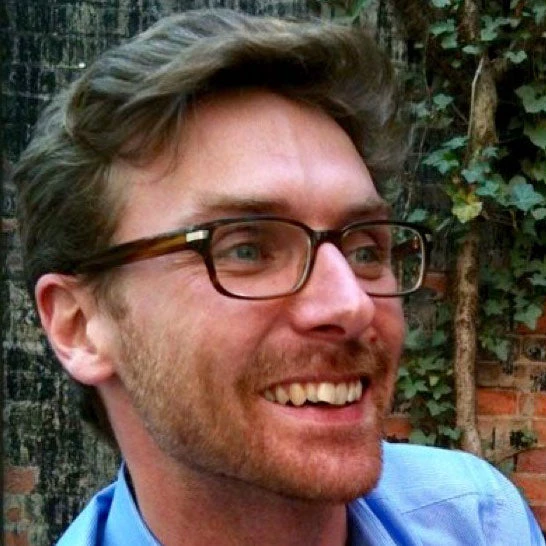
Preparing a recent project mission to Angola, I came across the country’s latest accomplishment: a gigantic new refinery to consolidate its national oil industry. Looking at that massive structure, I was hit with a sudden thought: if they can pull off such an enormous and complex feat of engineering, what do they need me for?
Angola buzzes exactly as you imagine a booming frontier economy would. The capital, Luanda, rings with the clang of construction and expensive cars line the beachside restaurants. Hotels are smart, meals sophisticated - and eye-wateringly expensive. By most counts Angola’s is the fastest growing economy in the world.
But there is also the ‘other’ Angola. 60% of the rural population lives under the poverty line, eking a living from subsistence agriculture. Cholera still lurks in the vast slums that surround the city. Inequality is among the top five in the world.
This was the Angola I was concerned with. But where did I, and development aid more generally, fit into the picture when the national government is so wealthy and capable in its own right?
My task over the following weeks was to work with the Fundo de Apoio Social (FAS), one of the oldest programs supported by the World Bank in Africa. This was a lucky break, as the people there showed me firsthand just how useful development aid can still be.
Established in 1994, well before the end of the civil war (2002), FAS started out rebuilding the devastation of war. In the two decades (and four generations of projects) that have followed, FAS has built thousands of schools and clinics across the country, often in areas with still active conflict or peppered with landmines. The first buildings were basic structures of adobe walls and simple roofs, and improved as the country moved forward: schools added more classrooms, toilet facilities for girls, and clinics added proper maternity wards.
By working with the same institution continuously over two decades, the World Bank supported a space for technical and institutional expertize to accrue and mature. Over time, this expertise has translated into policies that did not reflect government policy, but rather anticipated it.
For example, in its second generation, FAS added and civil society capacity building to increase community participation and ownership in reconstruction. The third generation continued to develop the Community-Driven Development (CDD) approach and began to reinforce decentralized capacity.
Today, fourth generation FAS (while still building schools and health posts by the hundred), works to hand over responsibility to decentralized government itself. Municipalities receive planning and management training, and are taught to structure their vision through local development plans. And because jobs are a key part of local development, FAS provides analysis of economic opportunities and local value chains, and offers small grants for local entrepreneurs to kick-start their businesses.
This may seem straightforward in hindsight, but it was anything but at the time. Why build schools in a country still at war? Is civic participation really the priority in the immediate aftermath of conflict? Is decentralization relevant in a highly centralized state?
With the benefit of outside support, FAS had the capacity to take these bets on the country’s future needs. And once the evidence was on the ground, the Government quickly took ownership: community participation is now enshrined in the constitution, there is a national strategy for municipal training, and FAS itself has grown into a sought-after resource pool for committed and technically skilled administrators.
So, in a very practical way, FAS showed how development aid (and by humble association, I) still has a role to play in a country such as Angola after all. Yet I was left hungry. Seeing this good work made me want more. How much could be done with even more resources and commitment?
Angola may be growing and its social indicators are improving, but average lifespan still only barely edges past 50. Development aid has helped Angola build thousands of schools and clinics, but only a national government has the resources and legitimacy to invest in the teachers and curriculums, the doctors and nurses that are necessary to really make the system work.
Angola is doing very well these days, and a refinery is a smart move to reinforce an important industry. But more than oil or refineries, what really drives long-term economic growth and development is people.
My bet is that the day it turns its attention to building human capital, as it surely will, that’s when Angola will really take off.


Join the Conversation